If you are currently looking for a way to replace your missing teeth, you are not alone. According to The Public Health Agency of Canada, at least 6% of adults no longer have any of their natural teeth. In older age groups, between 55 to 65 years, 13% do not have any natural teeth. The percentage gets even higher for those who are over 65 years, with 25% reported they no longer have any natural teeth.
Other than that, there are many more who are missing anywhere from one or two teeth to over one half of their dentition. For this reason, some may opt to replace their missing teeth by getting removable dentures.
However, if you ask or survey anyone who has removable dentures, you will find that they have multiple issues with them: not being comfortable; food collecting under the dentures; soreness in the gums; changes in taste and speech; movement of the dentures while eating or talking; decay or gum problems on the remaining natural teeth from food/plaque/bacteria collecting underneath; and avoiding certain foods that are difficult to eat or chew.
In general, the more teeth that are missing and the longer they have been missing, the more likely one will have these types of problems. If some teeth remain in the area of the missing teeth, bridges attached to the natural teeth will definitely be more comfortable. If there are no remaining natural teeth or none that are suitable to support a bridge, often the only comfortable option is an implant-supported bridge or denture.
Bridges and dentures that are anchored to dental implants feel more natural than traditional dentures. The implants are placed in your jawbone and the bone grows against it. This becomes a solid foundation to support, anchor and retain the prosthesis (teeth). Your implant supported and retained teeth so it functions just like your natural teeth, giving you the ability to eat and chew comfortably.
What are the benefits of dental implants?
Dental implants can restore your mouth’s full range of function. With the comfort in eating and talking again, you will be able to indulge in your former diet/eating habits.
The implants will also help maintain the volume and density of your jawbone. Without your natural teeth (or implants) placing function and physiological stress within the bone, your facial bones will slowly atrophy. From a cosmetic or esthetic point of view, it will cause a “collapsed” and “aged” look to your jaw.
How long does it take to get dental implants?
Depending on the growth of your bone, how quickly an implant can take to complete will vary from patient to patient. Bone tends to heal at a constant rate. It means the greater the volume of bone that has to heal, the longer the healing process will be.
However, different areas of the mouth have different bone densities and blood supply, so some areas or treatment plans can be completed faster than others. In most cases, the time required for an implant to fully integrate and heal is four months, but it can range from as little as 3 months to over 6 months. Your dentist will let you know when you are ready to go to the next step.
To ease the waiting process, temporary teeth can be made for either chewing and/or esthetic purposes while the implants underneath heal. With your implants now solidly secured to the jawbone, we attach abutments or posts to the implants. These abutments protrude through the gum tissue and this now will either hold a denture in place or provide permanent non removable teeth much like your natural teeth.
Are dental implants painful?
The short answer is no. Generally speaking, patients report their discomfort level being at a 3 or lower based on a scale of 1 to 10. In our experience, pain levels of 3 or less are easily controlled by Tylenol or Ibuprofen. If patients report experiencing pain higher than level 4 they often will need Tylenol #3, which we provide as necessary.
Although most people think that placing an implant should be painful, it actually is not. Most of the discomfort that patients experience from dental procedures is due to inflammation from the soft tissues, not from the bone preparation. Therefore gum grafts, periodontal procedures and certain bone grafts –because the tissue is often “stretched”– are typically worse.
Nevertheless, placing implants is a surgical procedure. It is normal that there will be some degree of discomfort that possibly includes swelling and inflammation. Other factors are also important, such as individual pain tolerance, health, and the actual procedure performed.
Following the implants, we follow up with our patients what is a normal and reasonable outcome of the procedure. That way, we can provide medications and pain relievers to not only control any discomfort but also to help prevent or minimize it.
How many implants do I need?
You will need enough implants to support the amount of teeth and roots that need to be replaced. The number of implants will also be based on your mouth’s bone density. The bone around the lower front teeth tends to be the densest and the upper posterior being the poorest quality of bone.
For a full arch of teeth, you need a minimum of 4 implants per arch, however this may be very under engineered for many patients. Several factors need to be considered, such as the type and number of teeth being replaced, your “bite”, any clenching or grinding habits, your age and how long you wish the implants to last, your bone density, etc.
In the past, the standard of care for a full arch of teeth has been 7 to 8+ implants on the top and 5 to 7 implants on the bottom.
What is the best practice for full-mouth dental implants?
In order to save on total costs, one company has come up with a concept of four implants, coining the catchy phrase All-On-4®. It minimizes the number of implants and reduces the need for potential bone grafts.
The name comes from old muscle cars which had “four on the floor” – I know I’m revealing my age with that comment. It sounds real neat and cool. However, if any of the implant fails, then the entire prosthesis, and ergo, the other implants are also likely to fail. So this is not necessarily the best situation for everyone.
In my professional opinion, the most reliable method is to have six implants in the lower jaw and eight in the upper jaw. This will allow us to install three separate bridges on the lower half and four separate bridges for the upper teeth. It ensures that failure in one site does not affect the other areas, which will ultimately save you time, discomfort, and money.
What materials are used in dental implants?
There are three kinds of materials that can be used in dental implants:
- Gold/porcelain combination: This has been used in implants for the longest period of time and can last a long time when properly maintained.
- Zirconia: This is the newest of the three materials, which has recently developed the looks to match its incredible strength.
- Acrylic: This is the least expensive option, but is not as strong as the first two and has the shortest lifespan.
How much does a full mouth of dental implants cost?
The total cost depends on the number of implants you receive and the material you decide to use. You will also pay less if your bone volume is in good condition because you won’t need grafting or other procedures that are required to help anchor the implants.
For a full arch of teeth, on average, you can expect to pay $25,000 to $31,000 for the lower half set of implants, and $29,000 to $39,000 for the upper half.
Are you interested in dental implants?
If you are interested in dental implants, then you will need to speak with a dental care professional. After your consultation, your dentist will be able to make a plan that is tailored to address your condition. If you would like to schedule an appointment or have any other questions about dental issues, feel free to contact us! We are always here to help.

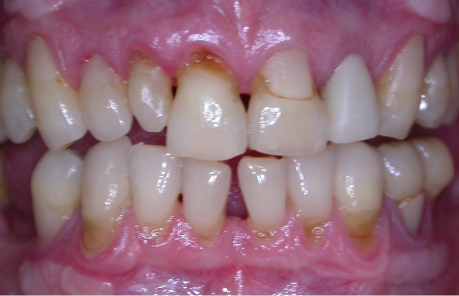
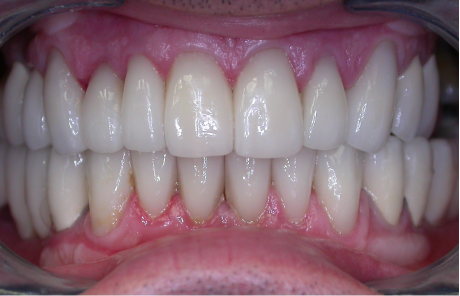
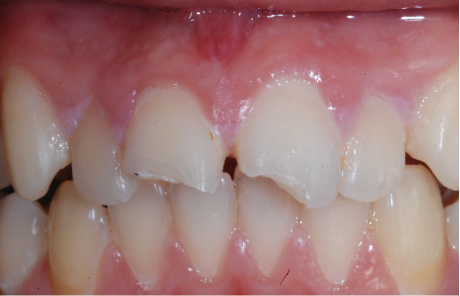
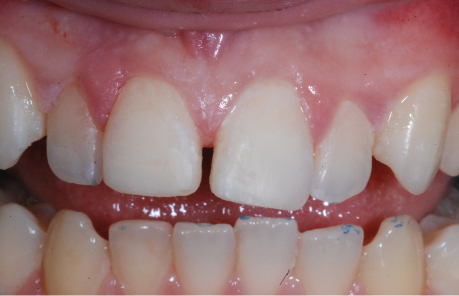
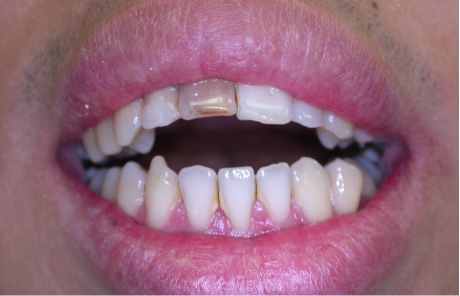
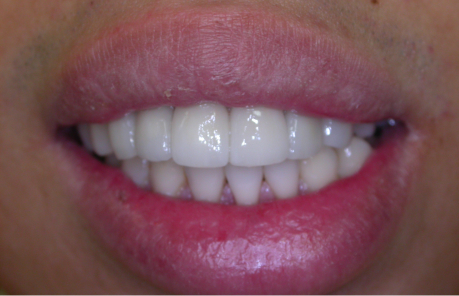
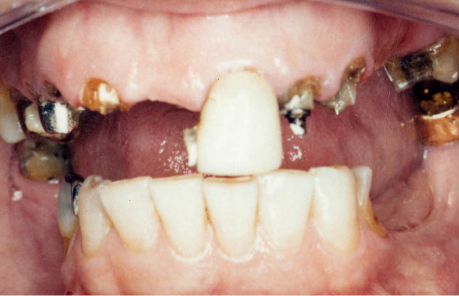
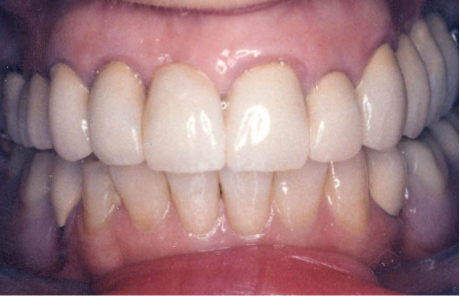
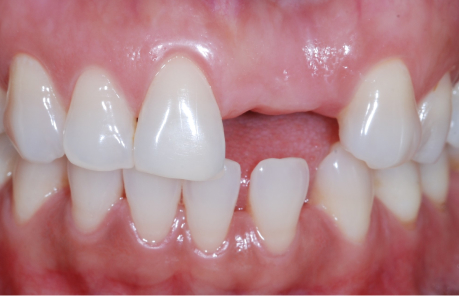
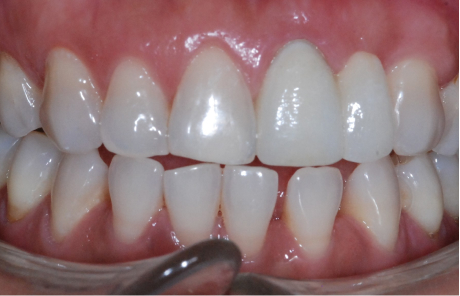

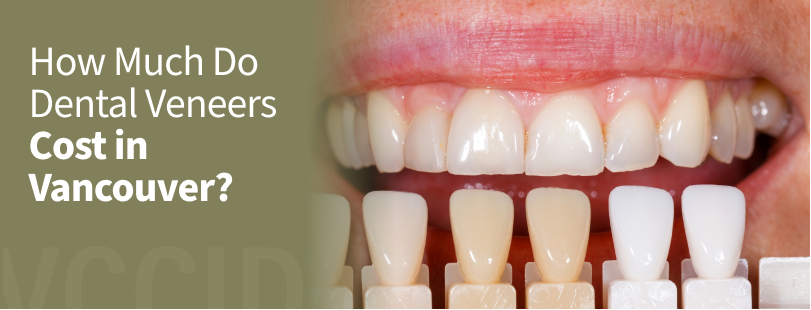
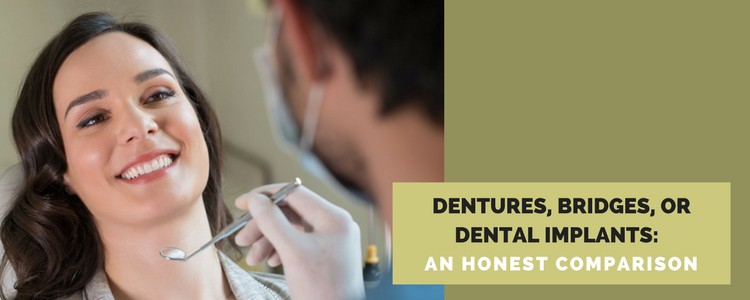



1 thought on “Getting a Full Mouth of Dental Implants”
Thanks for sharing senior dental related blog about Getting a Full Mouth of Dental Implants